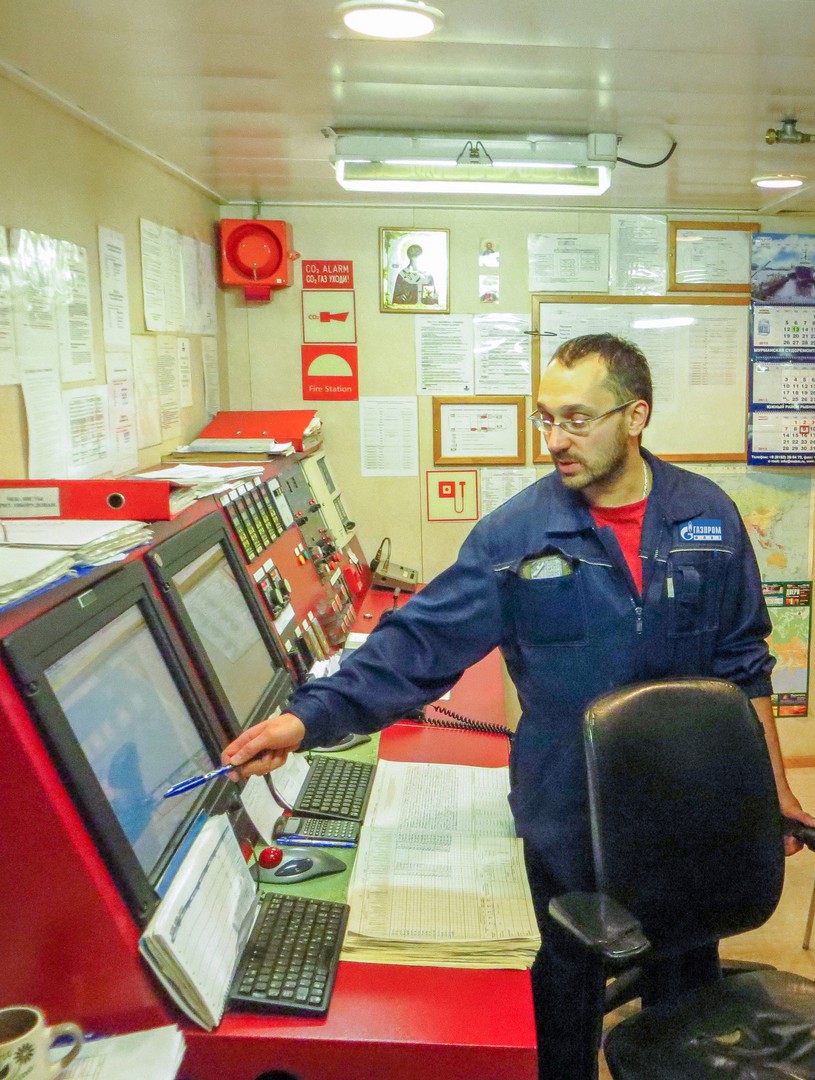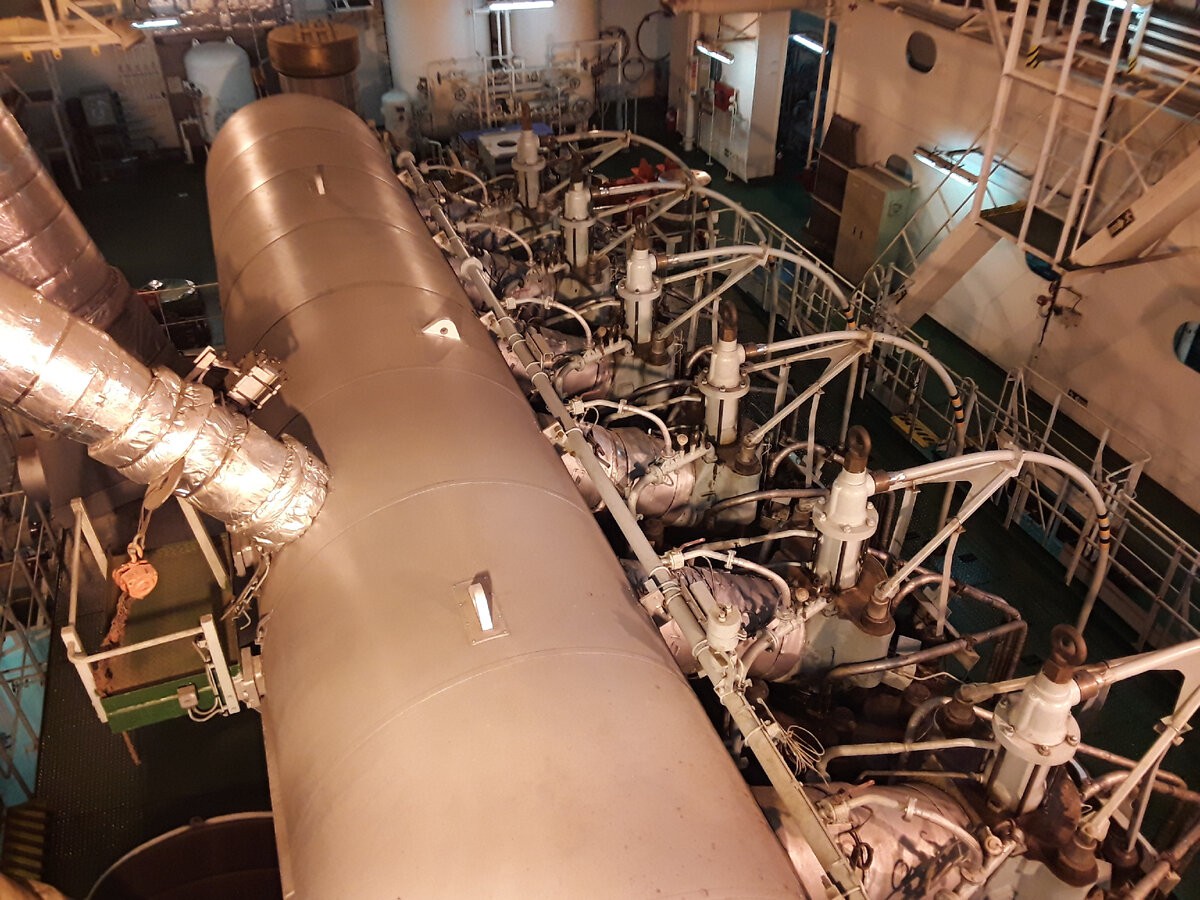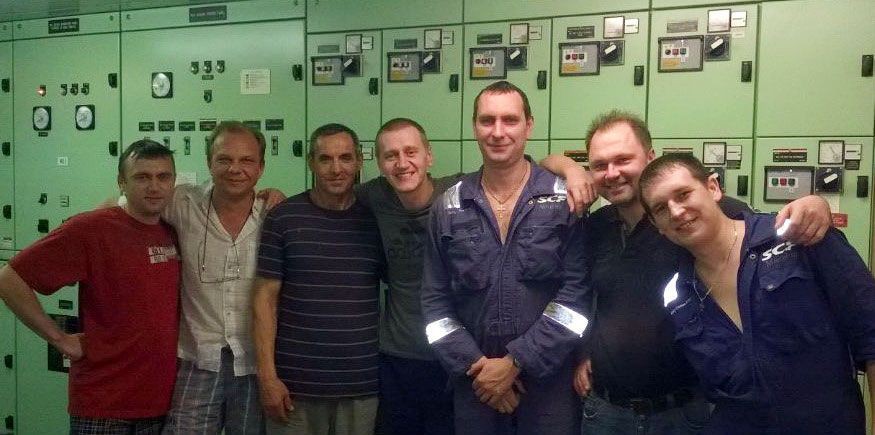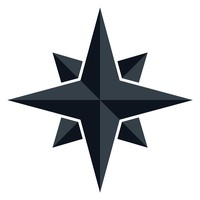- Position:
- Chief mate
Chief engineer

Among the numerous duties, specialties and vacancies on a sea vessel, the position of a chief engineer enjoys special attention and interest among sailors.
The duties of a chief engineer are quite varied and versatile, and the level of responsibility that this engineer bears in the navy is quite high.
Despite this, more and more applicants and graduates of maritime lyceums and schools want to get the position of this specialist.
What exactly do the main duties of a chief engineer include? Why is this vacancy on a sea vessel so popular and in demand among sailors?
Chief engineer - a popular vacancy at sea

The Chief Engineer in the fleet is a financially and legally responsible person, and also closely monitors the maintenance of the equipment used on board and ensures the complete safety of the personnel.
In order to successfully perform his duties, the Chief Engineer uses a variety of effective approaches and tools that allow him to cope with his role more efficiently.
Another important aspect that should be taken into account by everyone who wants to get such a position and vacancy at sea is the presence of personal qualities that allow you to cope with maximum and long-term loads, as well as perform a large amount of work without losing its high quality.
If such qualities are lacking, then the position of Chief Engineer will become a real burden for a seafarer, especially if we are talking about a newcomer on a particular sea vessel.
The Chief Engineer not only closely cooperates with the captain, but is also fully accountable to him.
What does a senior mechanic do?

The main aspects, sides, issues and duties that the chief engineer pays attention to are:
- Ship maintenance.
This specialist is responsible for all equipment, devices and systems used on board a seagoing vessel. Thanks to a responsible approach and the development of practical schedules, minor repairs and maintenance of equipment are carried out regularly, and any faults and defects are promptly detected and eliminated. Another area in which this employee performs his duties is ensuring the safety of personnel. In order to protect and secure each member of the team, the chief engineer conducts periodic training, which explains how to behave in tense or unexpected situations, as well as what means and equipment to use during an accident. The duties of this employee include the maintenance of any equipment, while ensuring environmental protection, regardless of whether the vessel is at sea or in port.
- Crew discipline.
Since the efficiency of any sea vessel operation directly depends on the well-coordinated work of the crew, the chief engineer on the vessel also conducts high-quality training, and then carefully observes and controls how each seafarer performs his duties, regardless of his specialization and rank. In relation to each member of the ship's crew, the chief engineer conducts explanatory and training work, after which he analyzes the efficiency of the application of the acquired knowledge and the qualifications of each individual employee. The qualification assessment gives them not only to individual employees, but also to entire groups of seafarers, for example, the team servicing the engine room.
- Equipment safety.
This is the most important factor on which the safety of the crew and the vessel itself depends. If an accident occurs on the high seas, then without knowing how to eliminate breakdowns or malfunctions, as well as extinguish a fire, no one will be able to ensure their own safety and the safety of the ship. That is why the chief engineer carefully monitors the serviceability of all equipment in operation, and he carries out especially thorough checks a few days before going to sea.
- Engine and machinery maintenance.
Since the engine is the real heart of the ship, it must work properly, stably and without failures. Working closely with the engine room staff, the chief engineer carefully checks all the components of the engine and other mechanisms on which the successful operation of the sea vessel depends.
- Bunkering of oil products.
Although the bunkering procedure of oil products can be performed by the 2nd engineer, the chief engineer strictly controls this process. Working together, both of these specialists control the stock, consumption and replenishment of fuel, oil and lubricants required for the vessel's movements. The specialist also analyzes how effective the consumption is, taking into account the operating conditions of the ship, after which he plans the total volume and quantity of such materials for future sea campaigns.
- Engine log.
Such a log is maintained by watch mechanics and employees servicing the engine room, the chief engineer monitors all records, determining how much they correspond to reality and real expenses.
- Protecting the interests of the shipowner and the company.
Since the work of each licensed seafarer is regulated by the international convention STCW 95, this specialist tries to bring the work of all team members in accordance with it. The international convention STCW 95 determines that each team member must have the appropriate education, license and other permits that allow him to be a full-fledged employee and perform his duties, regardless of their number and complexity.

Today, every qualified Chief Engineer skillfully performs STCW 95 and also improves his/her qualifications regularly by taking special courses and training conducted for both new and existing specialists on seagoing vessels.
- Position:
- Chief engineer
- Position:
- 2nd engineer
- Position:
- Chief engineer
- Position:
- Electrician engineer
